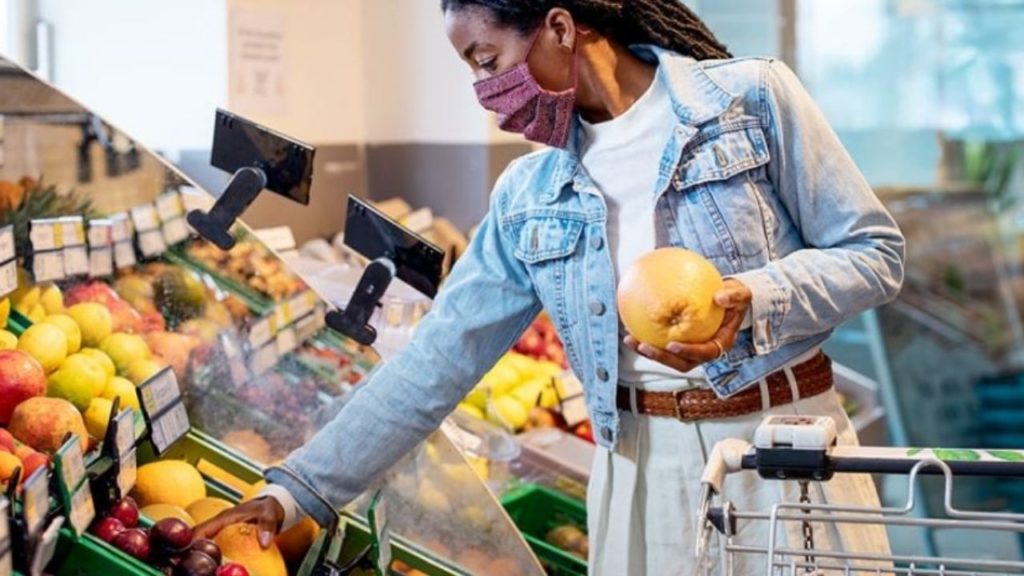Mobile Phones, AC, Cars, Grocery Can Become Upto 10% Costlier In 2022: 4th Price Hike?

Covid-19 has been the scariest scar for the entire human race and because it is a humanitarian crisis, rising prices on essential goods and services would threaten the carefully knitted human civilization.
Companies that sell fast-moving consumer goods (FMCG) have said they may hike prices by 4-10% in the next three months, even though this could hurt sales. Consumer electronics businesses have agreed to another wave of rises ranging from 6 to 10% beginning next month.
The price of the products has been increased massively! Let us check the factors that are driving the price increase.
Contents
Price Hike In Food Industry
What Is Driving The Increase In The Food Market?
Right from the start of the pandemic, there have been unfamiliar trends when it comes to accessing food. Due to the strong consumer demand during the pandemic, there has been a severe increase in the annual grocery price increase.
Also, there have been price changes in the meat price that has been a primary factor for the food price increase.
Dabur said it has increased prices by 4% and another price hike is on the cards. “If push comes to shove and if inflation doesn’t abate, then we would be forced to take another round of price increase in the fourth quarter,”
Dabur CEO, Mohit Malhotra.
“Margins have eroded despite increased prices, which is done mainly by reducing grammage,” “There is no respite despite a slight decline in raw material cost and we have to increase prices by another 4-5% next quarter.”
Krishnarao Buddha, senior category head at India’s biggest foods company Parle Products.
Price Hike In Other Commodities
The quarantine restrictions were one of the major factors that added to the cost of the metals.
Input costs have grown 22-23 per cent, according to executives in the consumer durables business, with prices of commodities such as steel, copper, aluminium, plastic, and components at all-time highs.
“Price hike is inevitable considering the increase in commodity cost, freight and exchange rate,”
“Despite all cost innovations to absorb a portion of the input cost hike, we are forced to take two successive price hikes just to recover the cost and not to increase any profit.”
Deepak Bansal, vice president, home appliances and AC business at LG Electronics, the country’s largest appliance maker.
Vehicle Price Increase
Not just this year, in the past too, the cost of the vehicles have impacted due to the input cost. Big companies like Hyundai and Tata motors have planned to hike prices because the increase in the price of the commodities and raw material and input cost adds up severely.
Maruti Suzuki said it will raise vehicle prices again in the new year.
“We have overall raised prices by 4.9% this year, but this is very less when compared with an overall increase in commodity costs,” “We have taken internal measures to improve efficiency and productivity. However, there has been an unprecedented increase in the costs of raw materials like steel, copper, plastic, aluminium. We had to pass on some of the costs to our customers.” Raw material accounts for 75-80% of the overall cost of the vehicle.
Shashank Srivastava, senior executive director, marketing and sales, Maruti Suzuki.
Metals Price Rally
There is a disruption in the supply chain due to the pandemic and many mining operations has been temporarily closed due to the pandemic. The quarantine restrictions were one of the major factors that added to the cost of the metals.
Steel prices rose to Rs 77 per kilogramme in the third quarter of this fiscal year, up from Rs 38 in April-May 2020. From $5,200 per tonne in May 2020, copper prices have climbed to $9,700 per tonne. From $1,700-1,800 per tonne, aluminium prices have risen to $2,700-2,800 per tonne.
“When steel prices rallied, we did not negotiate auto contracts to that extent. Thus, some steelmakers had to absorb the cost inflation and did not pass on the entire spot price hikes to consumers,” “It might not reflect in the margins now, but may reflect in Q1 of the next calendar year. Apart from just iron ore and coking coal, ferroalloy prices have gone up tremendously, refractory prices are up, freight cost to EU, which used to be around $35-36, is today around $110.”
Ranjan Dhar, chief marketing officer of AM/NS India, an integrated steel manufacturer.
“We have already passed on the benefit of the input cost reduction, especially iron ore. Coking coal prices have gone down, and if it falls further that will be passed on to customers slowly and gradually.”
Jindal Steel and Power managing director VR Sharma

Comments are closed, but trackbacks and pingbacks are open.